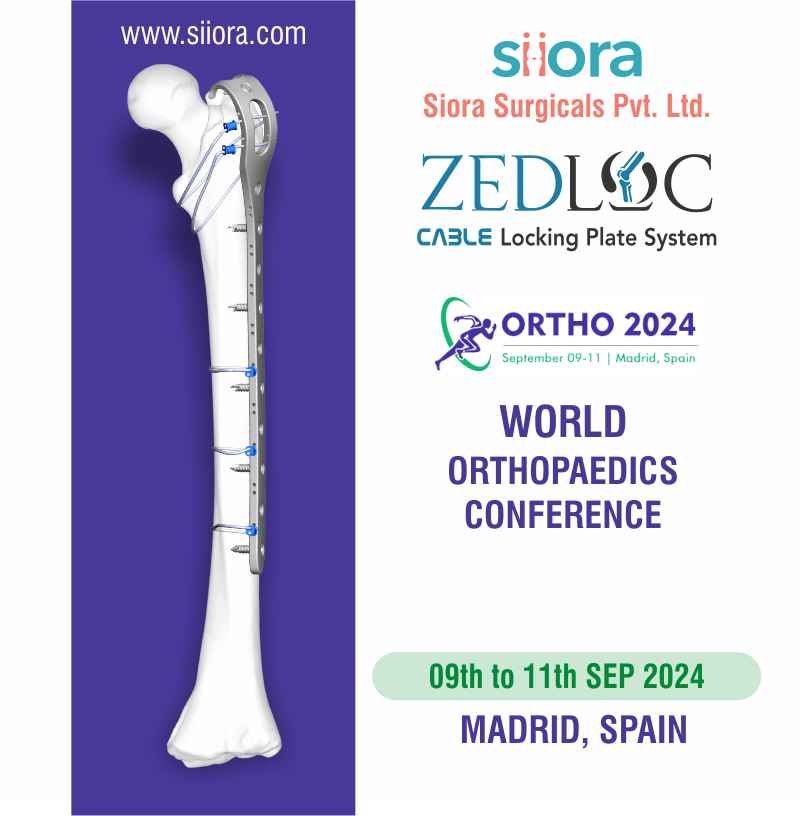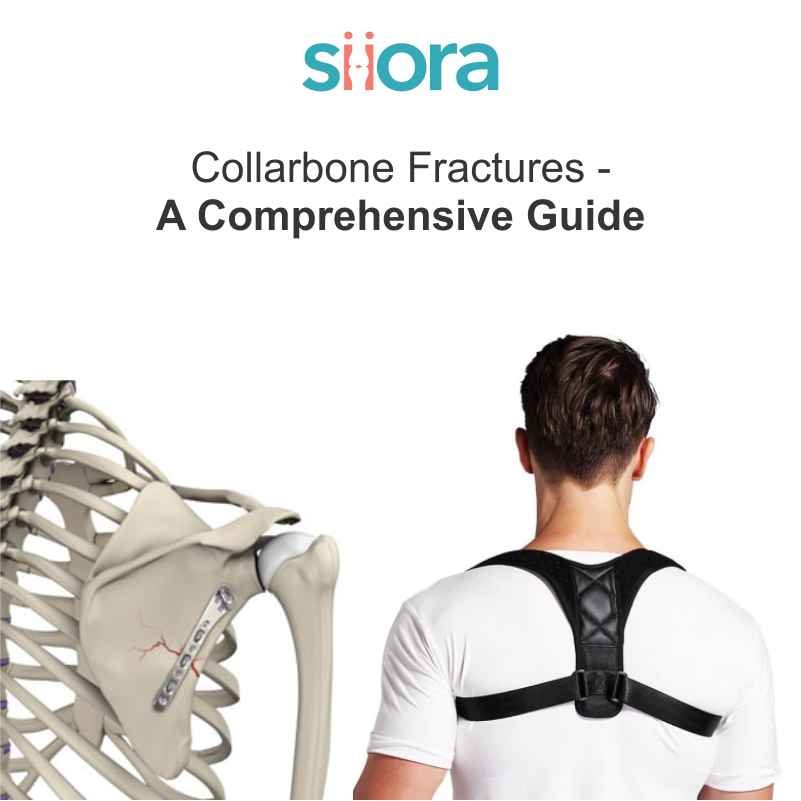In the case of tibial shaft fractures associated with a displaced intra-articular fracture of the knee and the ankle, plating is the most commonly adopted technique.
The tibial plateau fracture and the tibial pilon fracture require accurate open reduction and fixation. Buttress plating is almost always necessary to support epiphyseal-metaphyseal fragments. Plating with Indirect reduction techniques is used for such fractures.
Narrow plates are used is employed to fix fractures of the tibial diaphysis. For the convenience of the operator, Plates are usually applied on the subcutaneous surface of the tibia. Plates may also be applied on the lateral surface. It is essential to engage six cortices on either side of the fracture.
Eccentric insertion of a screw on each side of the fracture is recommended to compress a tibial diaphyseal fracture. If the plate is placed in a too anterior or too posterior position or there is comminution of either cortex, placement of a single screw in each fragment tends to act as a fulcrum around which the fragments can rotate. To avoid it, instead of one, two eccentric screws are inserted in each fragment, prior to compression. Two screwdrivers are used at the same time to compress the fracture from both sides. This technique is consistent with biological plating as it limits the extent of surgical exposure and avoids the use of plate holding forceps: both factors help in maintaining bone vitality.
LIFP metaphyseal plate for the lower end of the tibia [LCP tibial plate, Synthes, Paoli] is pre-contoured to meet the shape and thickness requirement of the area and mode of application. Its ballet tip renders it easier to a minimally invasive surgical technique. The thinned plate profile especially takes the peculiarities of the metaphyseal area into account and provides easy contouring of the plate. The long hole helps to optimize the fine-tuning of the reduction in the longitudinal axis. The dense net of integrated holes in the thinned plate area of the distal end covering the malleolar region allows a closer insertion of the screws and therefore, provides a higher purchase with better stability.
The integrated holes provide a choice of dynamic compression and angular stability in the implant. The angulation of the two outermost hole units towards the center of the thinned plate allows a closer juxta-articular plate placement. A single smaller hole is provided to facilitate temporary fixation with a K-wire. The undercuts on the surface abutting bone face maintain good vascularization of the periosteum. Plates with similar designs are available for fractures in the metaphyseal areas that reach into the proximal tibia, the proximal and distal shaft of the humerus, fibula, and proximal and distal radius as well as ulna.








